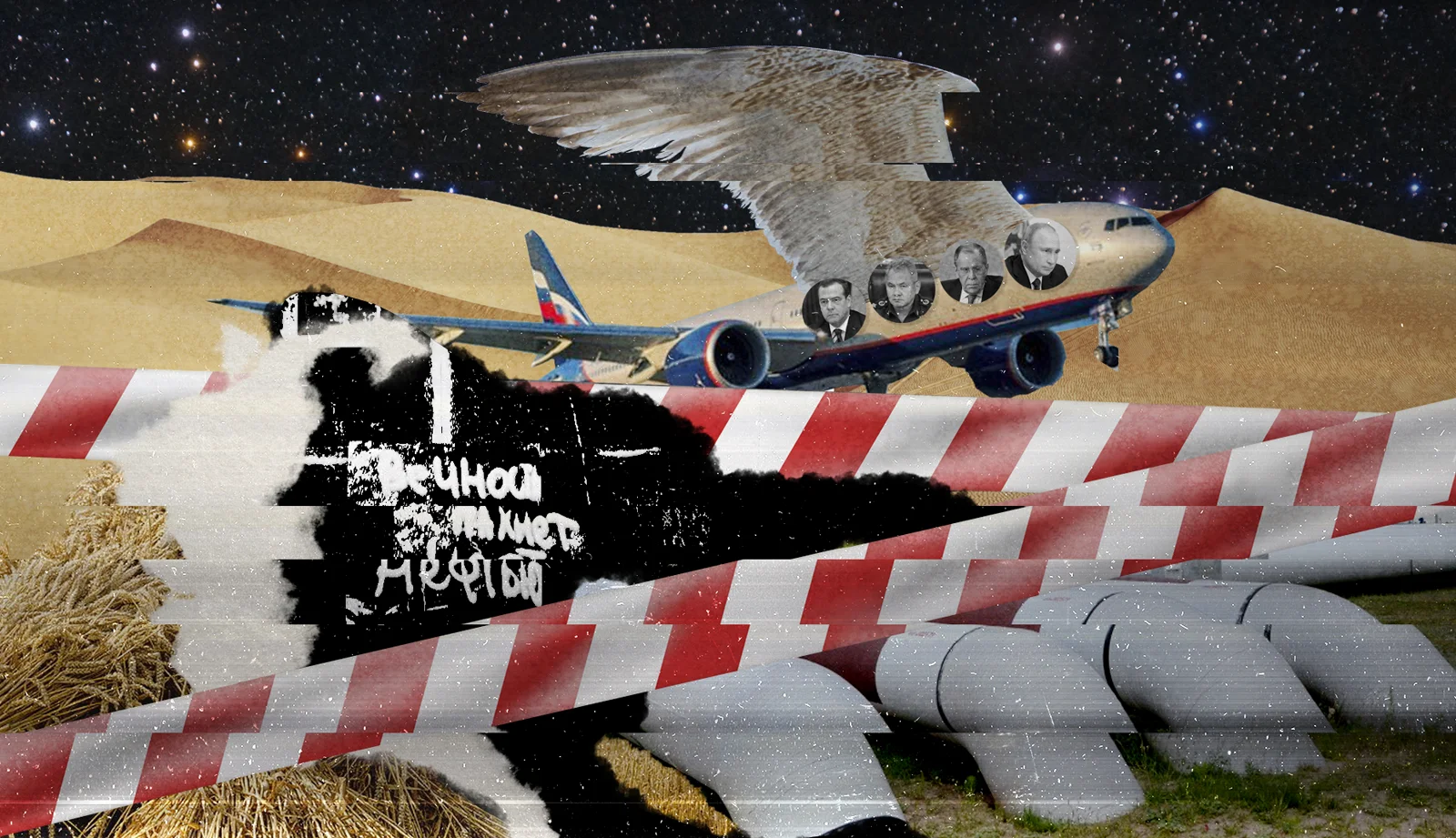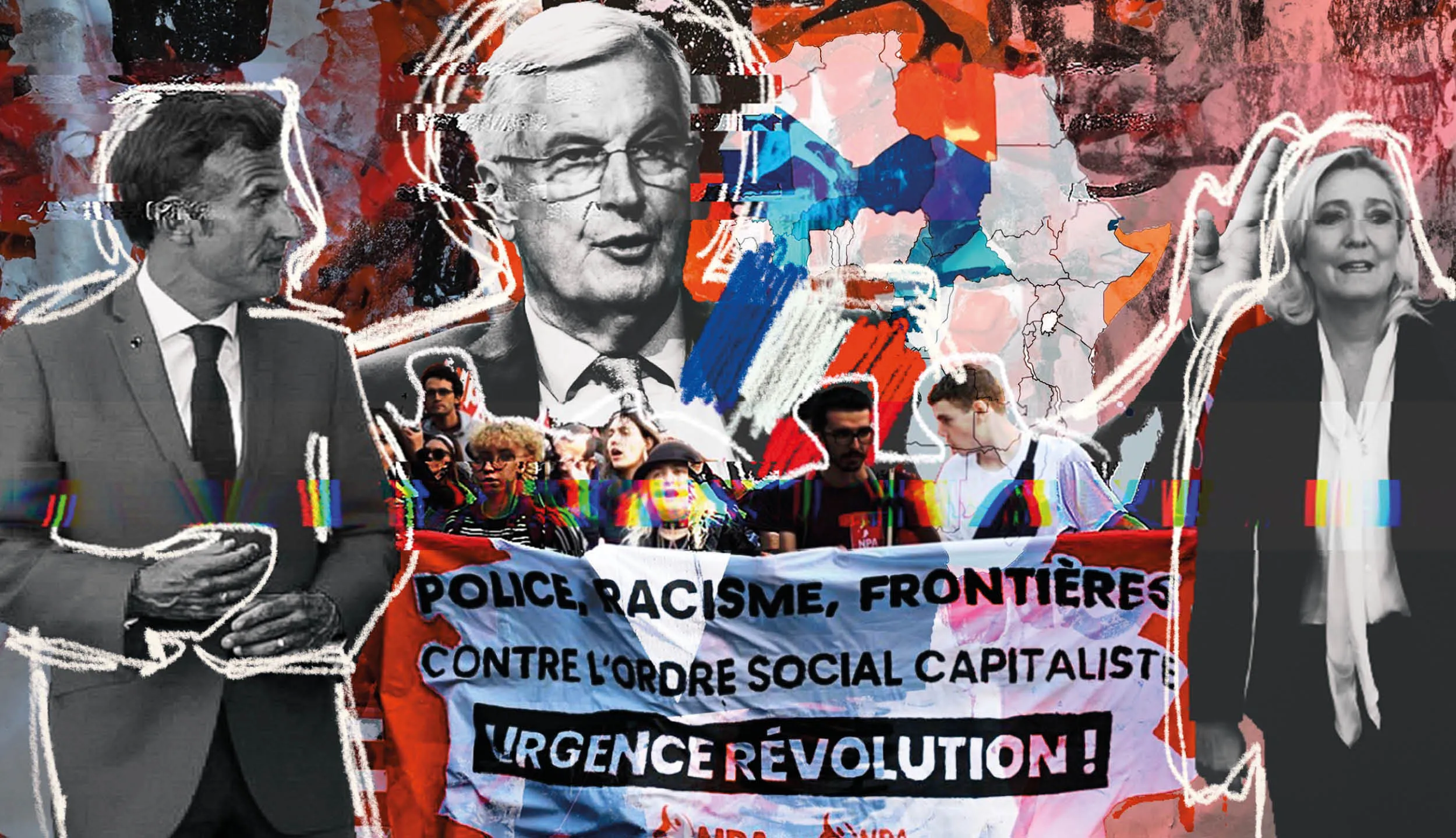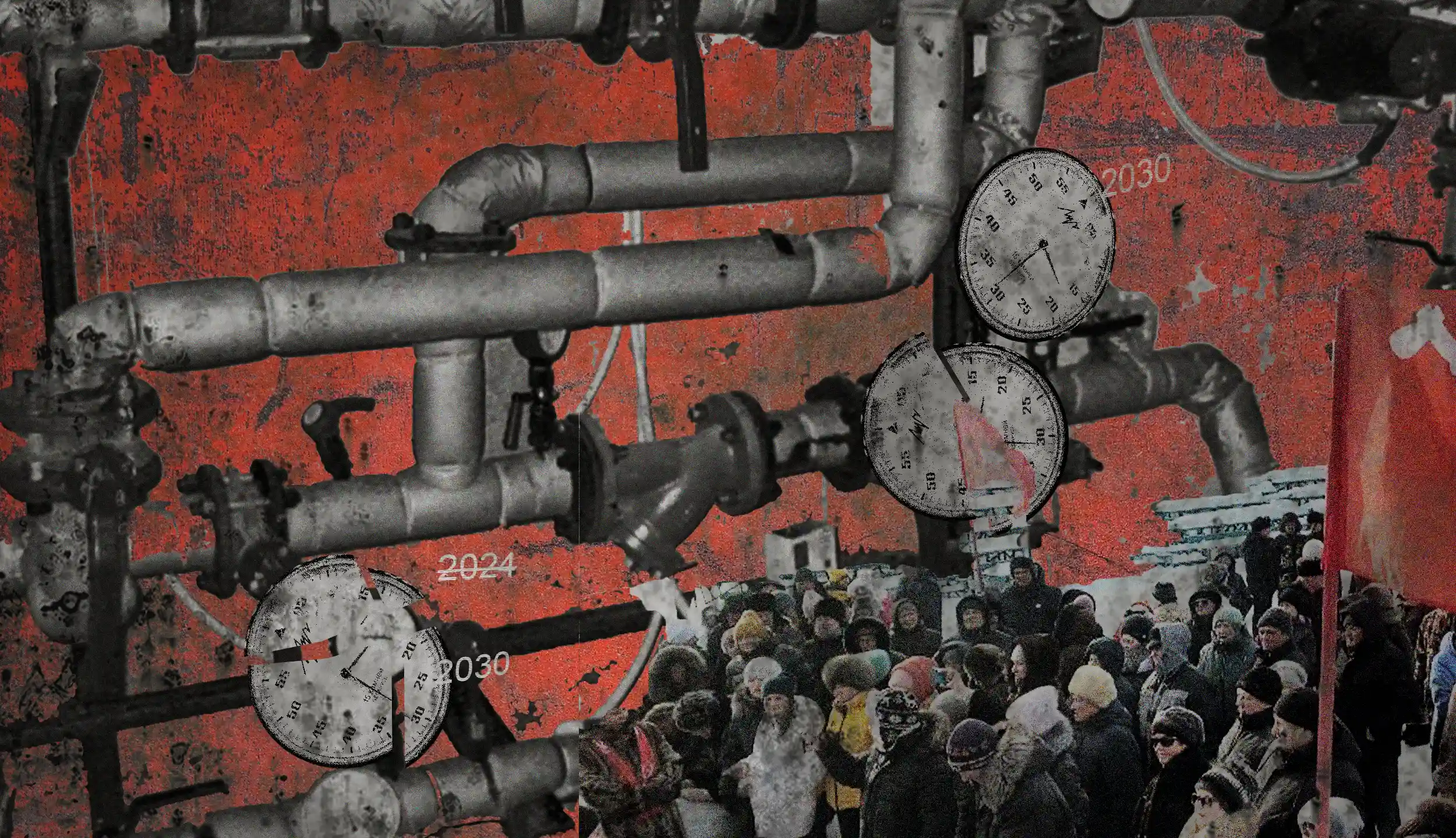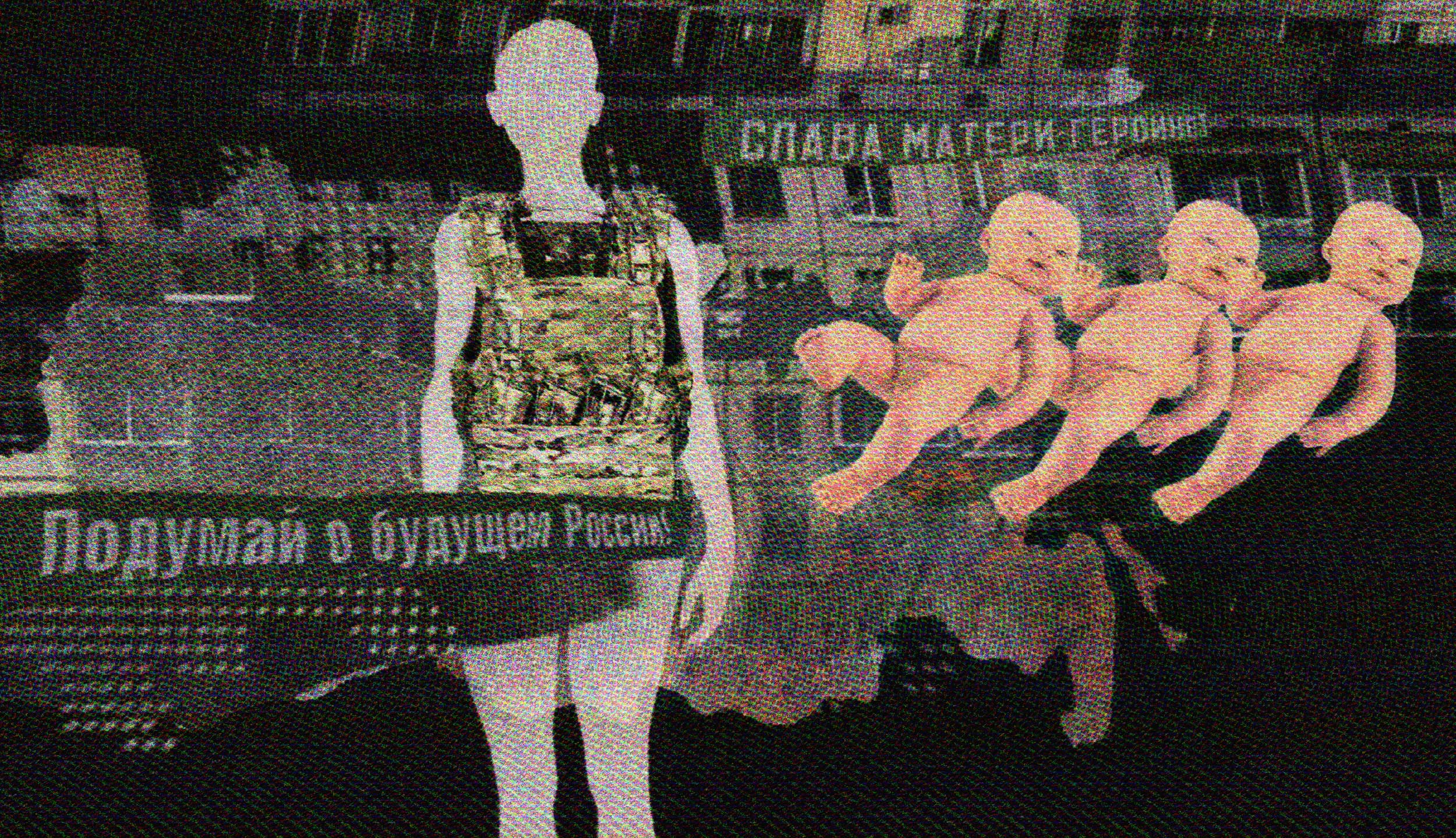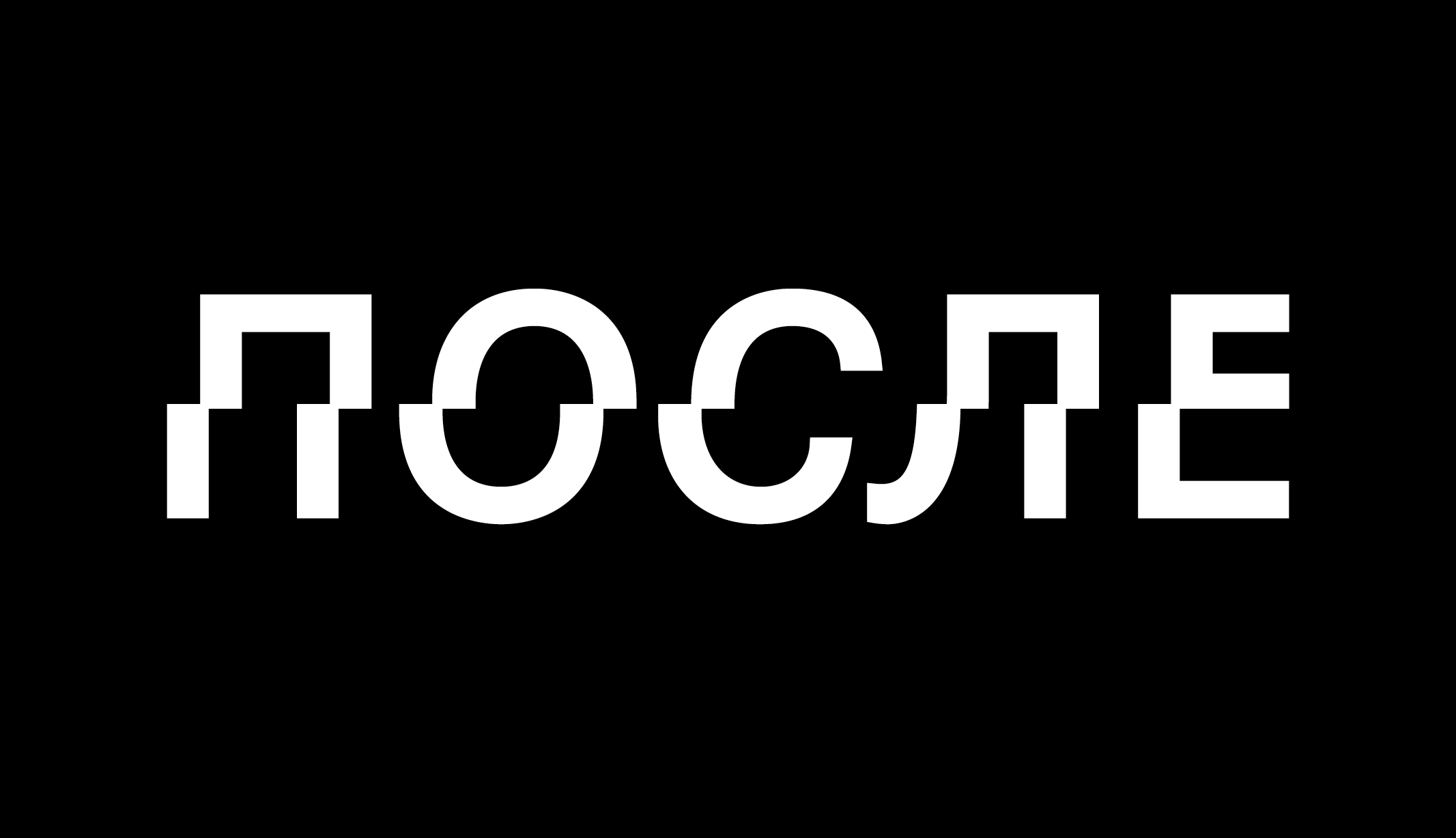The war that Russia has started in Ukraine led to the toughest sanctions against the country’s economy. “Posle” asked a Russian political scientist Ilya Matveev to examine the scale and targets of the Western sanction policy as well as its possible outcome for the Russian economic life.
Much has already been said about the unprecedented nature of economic sanctions against Russia. Never before has an economy of this size been subjected to such a sweeping blockade. The Russian frozen assets alone (according to various estimates, $300—400 billion) are comparable to all the reserves of Brazil ($325 billion) and three times the reserves of the United Arab Emirates ($120 billion).
Russia is not just a large, but also an extremely globalized economy. The share of imports in Russia’s GDP (20.6%) exceeds that of the other BRIC countries (19.2% in India, 16% in China and 15.5% in Brazil). At the same time, as is well known, Russia exports mainly raw materials and imports mainly high-tech goods:
Russia is also dependent on foreign investment. On average, the ratio of foreign direct investment to GDP between 2000 and 2020 was 2.1%, lower than in Brazil (3.2%) and China (3%), but higher than in India (1.7%).
Lastly, as of 2020, 2.8 million workers in Russia were employed by foreign-owned or mixed-owned enterprises. If we take into account Russian suppliers connected to these companies, the share of workers dependent on foreign capital could be as high as 5 million, with about 12% of all those employed in the formal sector.
Major Targets
Economic sanctions against Russia, both public and private, can be divided into the five categories: finance, logistics, export and import restrictions, foreign businesses pulling out of the country, and, finally, personal sanctions against businessmen and officials.
The hardest blow was delivered by the freezing of Russia’s foreign reserves. Sanctions against the Central Bank and a number of commercial banks, including cutting Russia from SWIFT, as well as a ban on the import of hard currency (dollars and euros), also belong to this category. Some countries have banned all investment in Russia. Visa, Mastercard, PayPal and other financial companies have blocked transactions with Russian clients.
As regards logistics,European countries have closed the skies to Russian aviation, with its aircraft withdrawn by foreign leasing companies. European ports are shut to Russian-flagged ships. Most major container lines, such as Maersk, have suspended operations in Russia. Delivery by road and rail is made as difficult as possible.
Sanctions also hit hard the trade between the EU and Russia. EU countries have banned imports of Russian steel, significantly reduced oil imports, and will gradually give up imports of coal. On the other hand, a huge number of Western companies have stopped exporting goods and services to Russia.Moreover, at the moment, about 1000 companies have stopped or limited their activities in Russia (the latest significant closure was that of McDonalds). Finally, unprecedented personal sanctions (asset freezes, entry bans) have affected more than 1,000 Russian businessmen and officials.
Sanctions Impact
The Russian government officials have already spoken quite frankly about the effect the sanctions are having on the Russian economy. Consider Elvira Nabiullina’s report to the State Duma, which deserves to be quoted extensively:
“The sanctions primarily affected the financial market, but now they will begin to increasingly affect the real sectors of the economy as well. The main problems will be related less to sanctions imposed on financial institutions and more to restrictions on imports, foreign trade logistics, and in the future, possible restrictions on exports of Russian products.
You know very well that the production of goods in the modern world works in such a way that almost any commodity is produced using a varying amount of imported components. A significant number of goods are produced in this manner. And even if this share is small in the overall production, manufacturing can be critically dependent on a part or a component. <…> At the moment, this problem may not yet be felt hard enough, because there are still stocks in the economy, but we see that sanctions are tightening almost every day, and among other things we see restrictions on the transportation of Russian goods and the operation of Russian shipping companies. However, the time when the economy can survive on reserves is limited.“
Indeed, the financial sanctions did not lead to the collapse of the Russian economy. Western countries froze Russian dollar and euro assets in order to take away the Central Bank’s ability to maintain the ruble exchange rate through currency interventions, i.e. the sale of foreign currency on the domestic market. However, measures to limit currency exports, the forced sale of exporters’ foreign-exchange earnings, and the sale of gas for rubles saturated the Russian market with currency and helped keep the ruble from plunging in the short term.
Nevertheless, logistics sanctions and import restrictions, as Nabiullina points out, proved even more damaging than financial sanctions. Modern geographically distributed supply chains and the just-in-time supply system, which means avoiding the storage of large stocks of components, are simply incompatible with a logistics shock of such magnitude. A huge number of Russian production facilities, including almost all car plants, have already stopped or will stop operating in the coming months.
Certainly, partial adjustment is possible. For instance, some components could be purchased from countries that have not imposed sanctions against Russia or be bought through third countries, etc. But there is simply nothing to replace some key components, and the quality of Chinese products, claimed by the russian officials to be the main source for replacing imports from “unfriendly countries”, remains inconsistent. In addition, logistics from China is complicated by local anti-covid measures.
Russia’s economy is in an extremely difficult situation objectively, and there are simply no prospects for its innovative development and technological renewal under the current sanctions regime. The existing high level of natural resource revenues is a temporary phenomenon, since the consumption of Russian oil and gas by“unfriendly countries” will inevitably decrease, in the long term, to zero. This, in turn, will hit the Russian budget, and thus the ability to pay retirement and other benefits.
One can judge what effect the sanctions have on the economy by looking at the dynamics of Iran’s GDP. An entirely clear correlation can be drawn between the tightening of sanctions and the economic crisis.
Conclusions
With the start of the Russian invasion in Ukraine, Western countries finally switched from a policy of “smart” (selective and aimed at minimizing harm to ordinary citizens) sanctions to a policy of total embargo, limited only by the capacity of their own economies to cut off ties with Russia, primarily raw material supplies. However, this inevitably raises tough questions about the morality of such policies. Sanctions will lead to a decline of living standards in Russia that can be compared only with the transformation crisis of the 1990s. At the same time, Russians live under an authoritarian regime and have no way to influence its course, whose detrimental consequences are now being compounded by an unprecedented economic blockade. Instead, they are offered to “overthrow the regime”, although the bloody consequences of such an attempt are completely unpredictable (an extreme example is the civil war in Syria, which claimed the lives of half a million people). Public opinion in the West underestimates the morally questionable nature of sanctions against Russia, the result of which would be an increase in poverty among the already poor and powerless.
Nevertheless, although problematic, such a policy is simply unavoidable, given that its main goal is to stop or at least weaken the Russian military machine in Ukraine. To achieve this goal, sanctions appear to be an effective tool. Thus, the Russian military-industrial complex remains dependent on components from “unfriendly countries”. In 2015, Russian Deputy Defense Minister Yury Borisov claimed that by 2025 the Russian industry should achieve import substitution in some 826 types of weapons and military equipment. To date, this goal has hardly been achieved, which means that Russia’s economic blockade will reduce the production capacity of the Russian military-industrial complex that works right now for an aggressive, imperialist war in Ukraine. Advocates of peace should not support the lifting of economic sanctions until Russia’s military aggression has ceased completely.
This does not invalidate the orientalizing and racist discourse that “savagery is part of the Russian soul”. Some sanctions, such as halting cultural and scientific exchanges, should be lifted immediately: they cannot even in theory have any effect on the course of the war but punish the people who are overwhelmingly its opponents. Finally, additional efforts should be made to reduce the humanitarian effect of sanctions: shipments of pharmaceuticals and medical equipment are excluded from the sanctions regime but often fall victim to other restrictions. However, all these measures will not change the main thing: sanctions are destructive to Russia and rob it of its future, but the only chance to undo them is to stop the aggression and restore peace.

